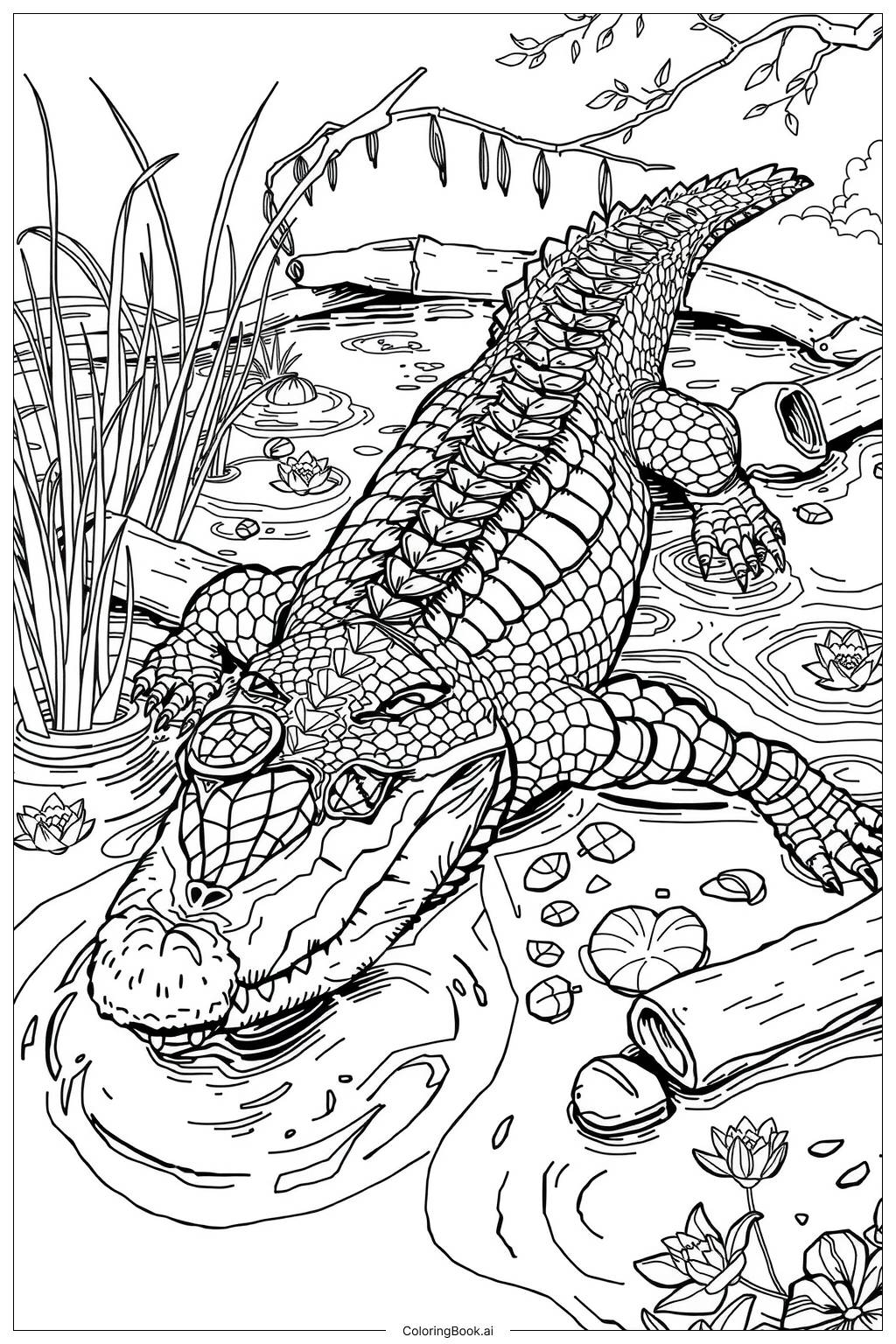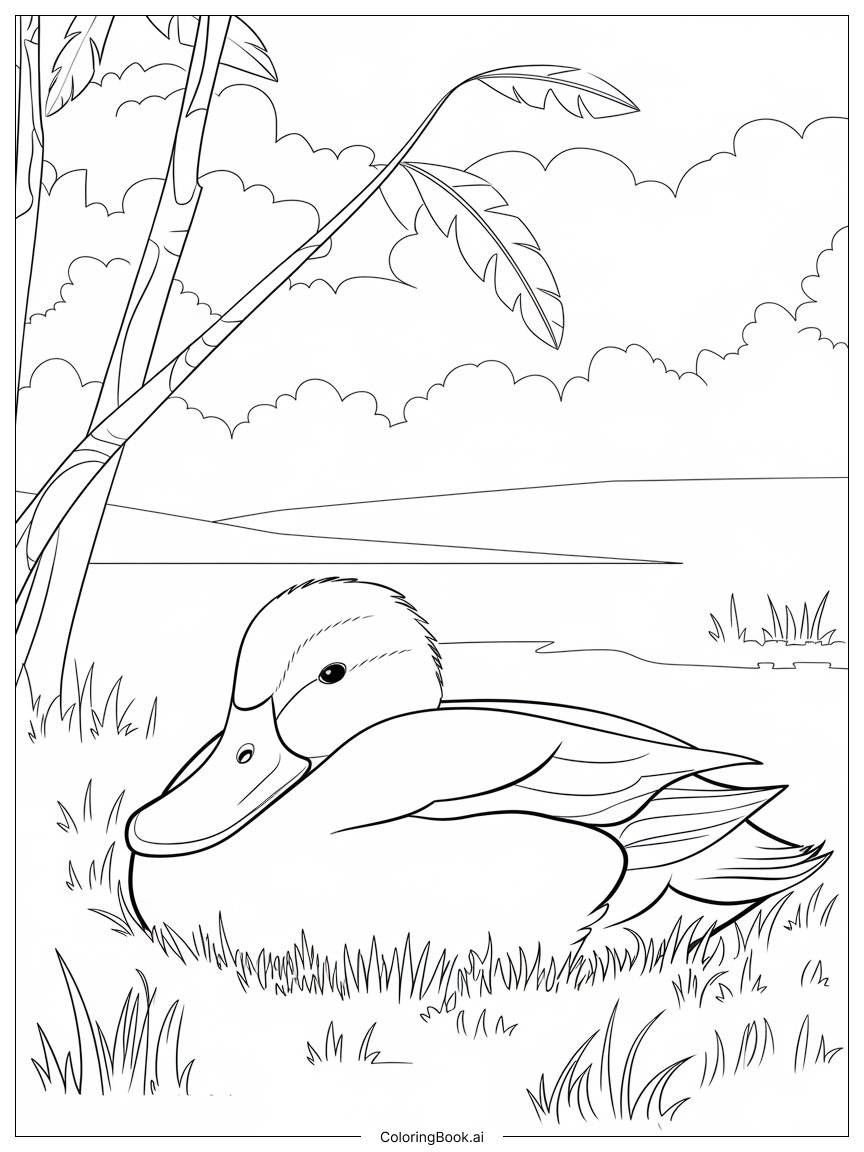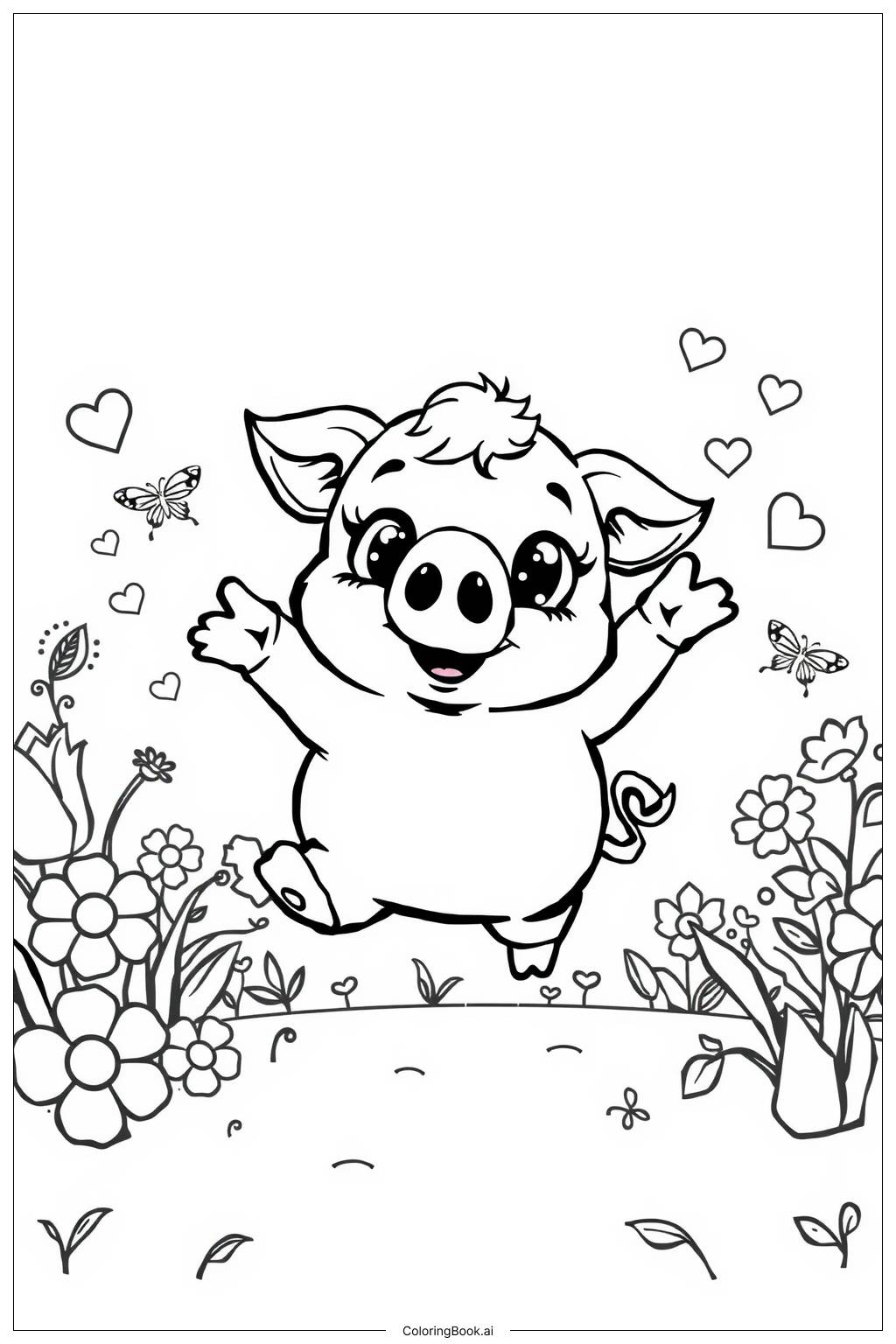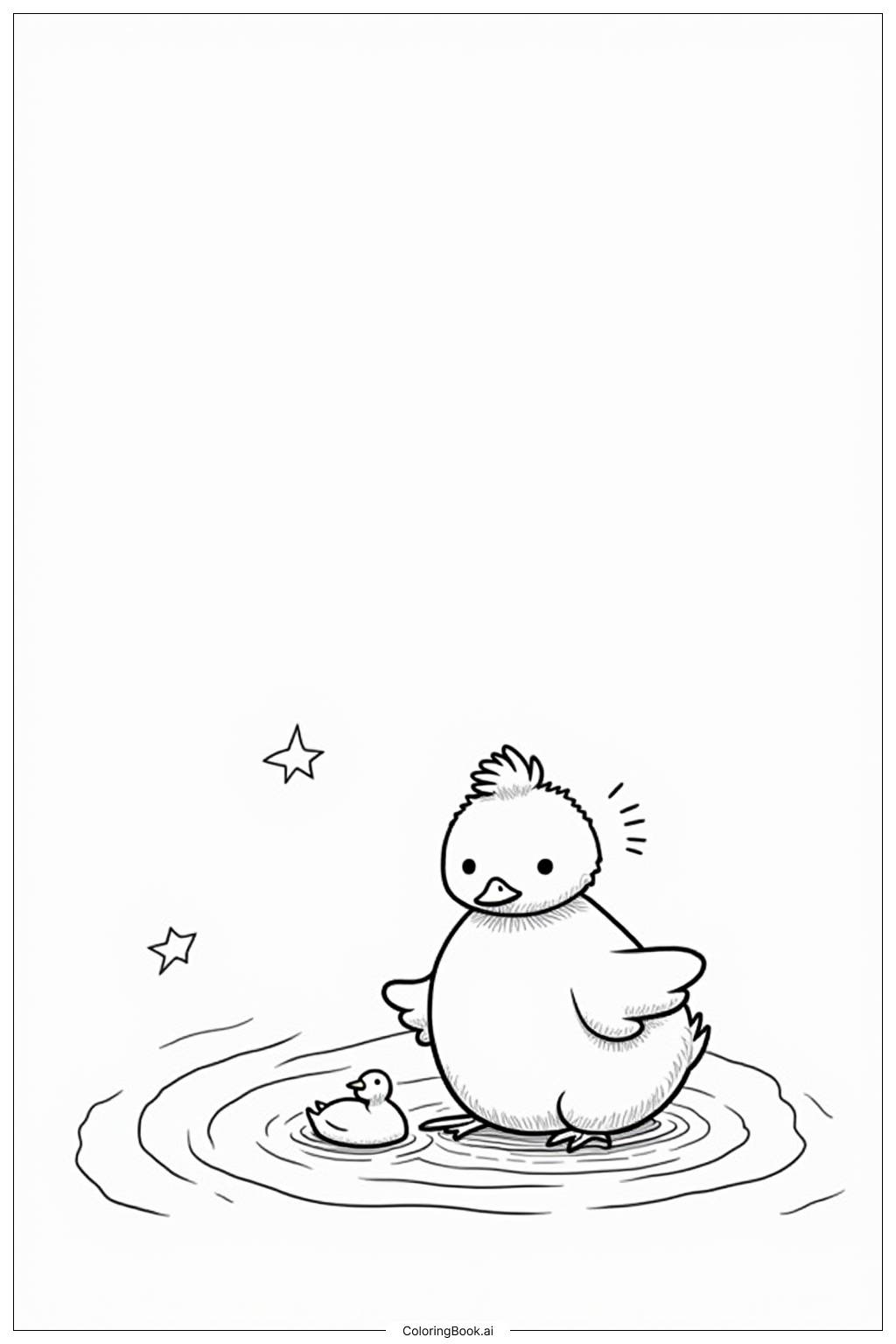Coloring tips: How to color Crocodile's Life in the Wild coloring page well?
When coloring this crocodile, consider using shades of green and brown for its body to reflect its natural colors. You can blend different shades for depth. The water can be colored in soft blues and greens, with hints of white for reflections. The plants around the crocodile can be bright green with touches of yellow or brown for variety. Use lighter colors for the flowers to make them pop. Don’t forget about the background; soft earthy tones work well for the logs and branches.
Coloring challenges: Which parts are difficult to color and need attention for Crocodile's Life in the Wild coloring page?
1. The crocodile's skin has intricate details and scales. It can be challenging to color each scale without going over the lines. Focusing on smaller sections at a time can help. 2. Blending colors can be tricky. Making sure to blend shades of green and brown smoothly takes practice. 3. The water and reflections may confuse young artists. Getting the water right requires understanding how light works. It's also important to avoid over-saturation of color. 4. The surrounding plants have varying shapes and sizes. Coloring them uniformly may lead to a less vibrant look, so using a mix of shades is essential.
Benefits of coloring books: Advantages of drawing Crocodile's Life in the Wild coloring page
Coloring this crocodile scene helps improve fine motor skills. As children choose colors and fill in the details, they develop hand-eye coordination. It also encourages creativity; kids can choose colors that differ from reality. This allows for imaginative expression. Additionally, coloring can be relaxing and reduces stress. It provides an enjoyable break and can enhance focus. Engaging with this coloring page can also foster an appreciation for nature and wildlife, as kids learn about the crocodile's habitat.









